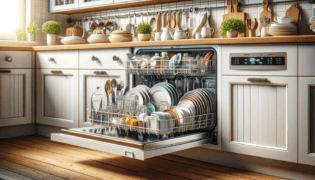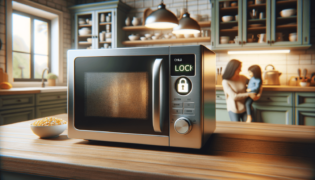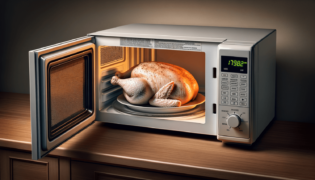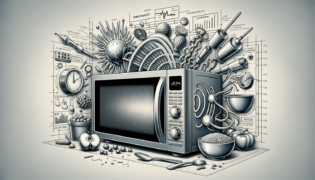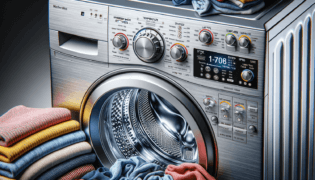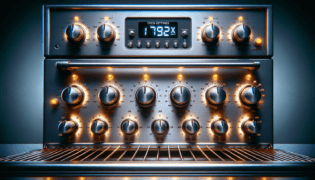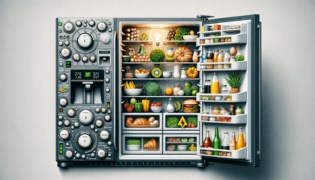
Can You Microwave Silicone Containers?
Yes, you can microwave silicone containers. They are considered safe for microwave use as they can withstand high temperatures without leaching chemicals into food or degrading. Silicone containers are a durable, flexible, and environmentally friendly alternative for heating and storing food. However, it’s essential to check that the container is labeled as microwave-safe, as not all silicone products are created for high-heat applications.
Quick Summary:
- Silicone containers can be microwaved but must be labeled as microwave-safe.
- They withstand high temperatures and do not leach chemicals into food.
- Checking manufacturer instructions for temperature limits is crucial.
- Ensure the container is food-grade silicone.
- Avoid containers with added decorations or non-silicone parts unless confirmed microwave-safe.
Understanding Microwave-Safe Silicone Containers
At Setting King, we’re dedicated to giving our trusted advice on all kitchen inquiries. Microwaving food is a daily task for many, and using silicone containers can make it safer and more convenient. But not all silicone is created equal. It’s vital to ensure your containers are food-grade and explicitly marked as safe for microwave use. This information is typically found on the bottom of the container or the manufacturer’s packaging.
Why Silicone Works Well in Microwaves
Silicone has unique properties that make it suitable for microwave usage. It’s an inert material, meaning it doesn’t react with food or beverages, and it’s resistant to a wide range of temperatures, typically from -40°C to 230°C (-40°F to 446°F). This resistance allows it to go from the freezer straight to the microwave without any issues, making meal prep easier and more efficient.
How to Use Silicone Containers in the Microwave
When microwaving silicone containers, there are a few tips to ensure food heats evenly and the container remains in good condition:
- Check the maximum temperature your silicone container can withstand. This information can usually be found in the product manual or the manufacturer’s website.
- Do not seal the container completely when microwaving. Leave a corner open to allow steam to escape.
- If the silicone container has a plastic lid, remove it before microwaving, unless it is specifically labeled as microwave-safe.
- Avoid using abrasive cleaners or pads to clean your silicone containers, as they can cause damage over time.
Common Concerns and Safety Tips
While silicone containers are safe, it’s normal to have concerns. Here are some tips to ensure you’re using your containers safely:
Check for Food-Grade Silicone and BPA-Free Labels
Ensure your silicone containers are food-grade and free of BPA, a chemical found in some plastics that can seep into food. Food-grade silicone should be non-toxic and safe for food storage and heating.
Inspect for Damage Before Use
Before using a silicone container in the microwave, inspect it for any signs of damage, such as cracks or tears. Damaged containers might not perform well under heat and could pose a safety hazard.
Microwave Without Non-Silicone Parts
If your silicone container has metal clasps or decorative elements, do not microwave it unless all components are confirmed microwave-safe. Metal in the microwave can cause sparks and potentially start a fire.
Conclusion
Using silicone containers in the microwave can be a safe and convenient way to heat food, as long as you follow the proper precautions. Always check that your containers are labeled microwave-safe, inspect them for any damage before use, and follow the manufacturer’s guidelines for the best results. At Setting King, we’re here to ensure you have all the knowledge you need for a safe, convenient kitchen experience. Remember, safety and smart practices are key to getting the most out of your silicone kitchenware.
Trending
Other Categories
- Appliances
- Dishwasher Questions
- Dishwashers
- Dryer Questions
- Dryers
- Microwave Questions
- Microwaves
- Ovens
- Refrigerators
- Washers
